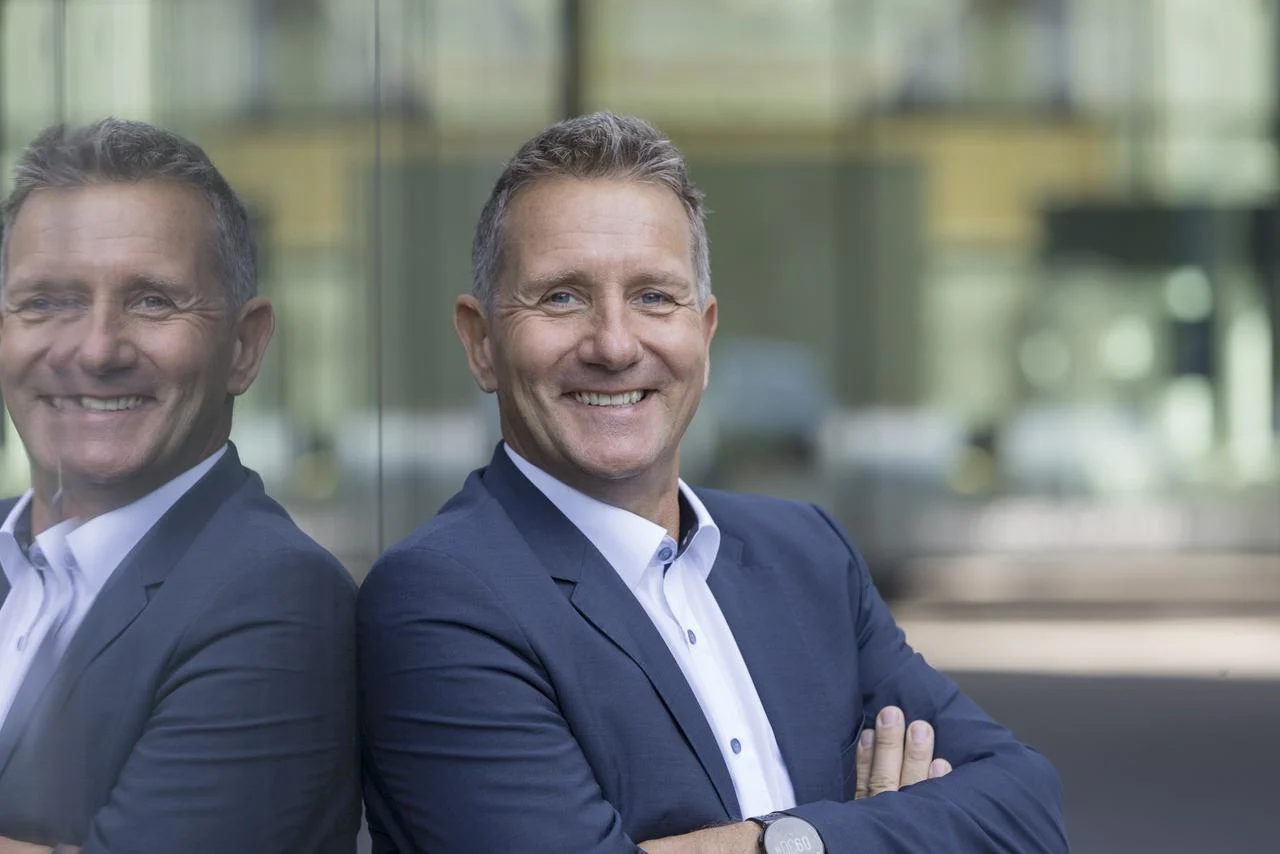
Sustainability
3 minute read
How can you become an effective safety leader?
Let’s think about a person who you consider a role model in safety and who you look up to, respect and would even go as far as trust your own safety in their hands in a given situation. What kind of attributes and behaviors define that person?
There are some characteristics that instantly come to my mind when I think about an effective safety leader. I think that they are authentic and trustworthy. They consider safety as a value and genuinely care for others' safety and wellbeing. They have courage to take any actions necessary to ensure safety and to openly share their concerns, thoughts and ideas about safety and wellbeing.
In addition, they also understand that safety in an organization is a systemic issue and it can only be achieved and maintained through cooperation and teamwork. This is why they do not take safety for granted, they encourage everyone to speak up and set high standards for their own and others safety behavior.
It’s important to notice that many of us are not necessarily thinking about a person with managerial responsibilities. When you think about those characteristics, they are good and important qualities for any one of us working for and with Neste.
Everyone is a safety leader – what can we as safety leaders do in practice?
There are five questions that give us a head start when thinking about safety leadership in practice. With these questions, you can start to understand where you are as a safety leader.
Do I really know what the most significant health and safety risks are in my organization? Are we doing enough to manage risks, especially the most significant ones? What do I sense when I walk around and talk to people? Does it feel like a safe and caring workplace? Is everyone engaged in safety work? Did I ask my colleague how she/he is doing today? Who owns safety here?
If you don’t know the answers to all these questions, this is the perfect time to find out.
Excellent practices help us to prioritize safety
We have many ways to personally influence others to prioritize safety and wellbeing in their work and make risk-based decisions in any given situation. We already have excellent practices and resources at Neste to help us with this task. Those include for example our Safety leadership principle, which sets good guidelines and clear expectations for all of us.
“Safety guidelines, practices or tools are useless without personal commitment.“
We have many practical ways on how to keep focus on relevant safety issues and involve everyone to continually improve and learn from safety and wellbeing. We can use existing tools and practices such as positive safety moments in the start of a meeting, regular safety discussions with our teams and safety observation tours at our sites and offices. In addition to these, we actively report safety observations and deviations in our common reporting system.
Still it is important to keep in mind that even the best safety guideline, practice or tool is useless without personal commitment. We all as safety leaders have a license to protect everyone and everything from harm - and inspire everyone to do it together!
Credits: Thorsten Lange, Executive Vice President, Renewable Aviation, Neste
